The 7 Principles of ‘Leave No Trace’

A big part of life in Canada is heading out and enjoying nature.
Whether you’re going on a day hike through your local forest or heading out on a multi-day trek across the country, the same principles apply when it comes to taking care of our natural surroundings and they all boil down to one thing: Leave No Trace.
You may have heard these words and are wondering what exactly they mean. Leave No Trace is a list of seven principles designed to help lessen the human impact on wild spaces. Read on for a break down of each principle and how it applies to you as you hike, bike, camp or paddle this year.
Principle #1: Plan Ahead & Prepare
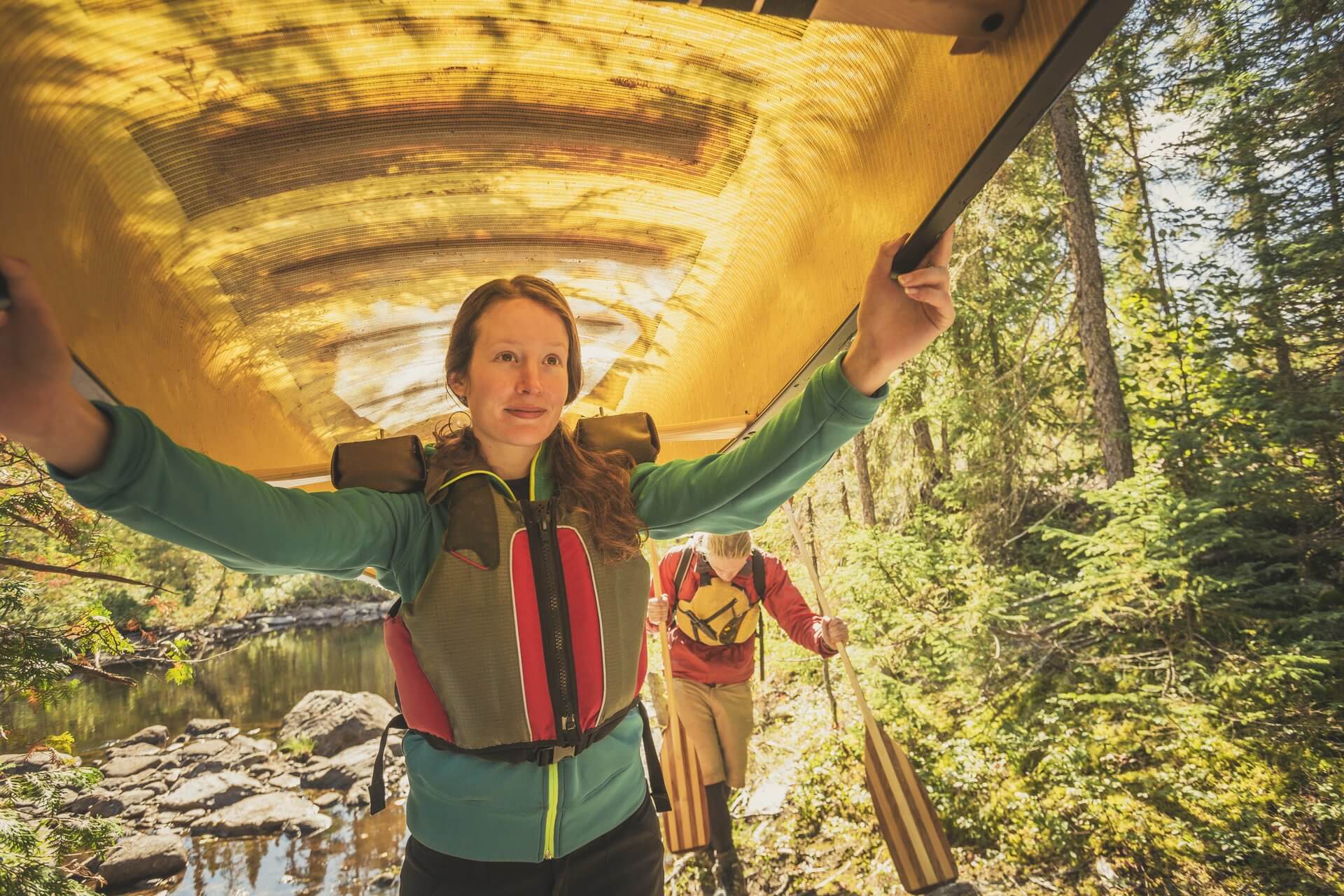
The first if the Seven Leave No Trace principles is perhaps the most important: plan, plan, plan! Without prior planning or research, people can get into sticky situations that can leave a bit impact on their environment. This principle asks travellers to think ahead about their needs, take safety precautions and ensure they are equipped and trained for the terrain into which they are heading.
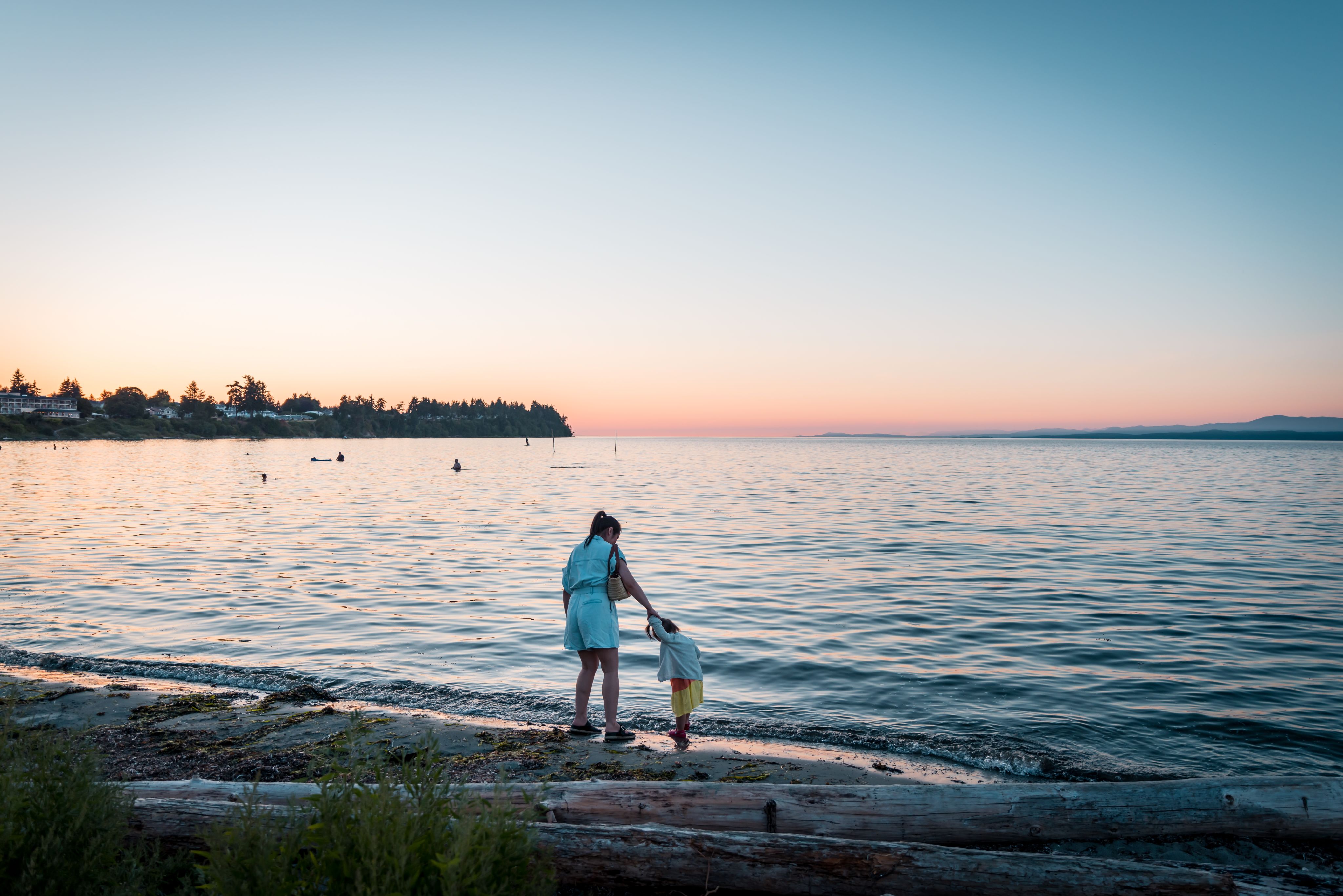
How to put this principle into action
- Read about the location you're going to and familiarize yourself with any restrictions, delicate ecosystems, endangered flora or fauna of the region.
- Give yourself and your group plenty of time to arrive and complete your set activity in daylight.
- Bring clean drinking water in a refillable container. If you're heading out into the backcountry, have a plan on how you will filter water along your route should you require it. Most established campgrounds will have potable water for you to access but check before going so you are prepared.
Principle #2: Travel & Camp on Durable Surfaces
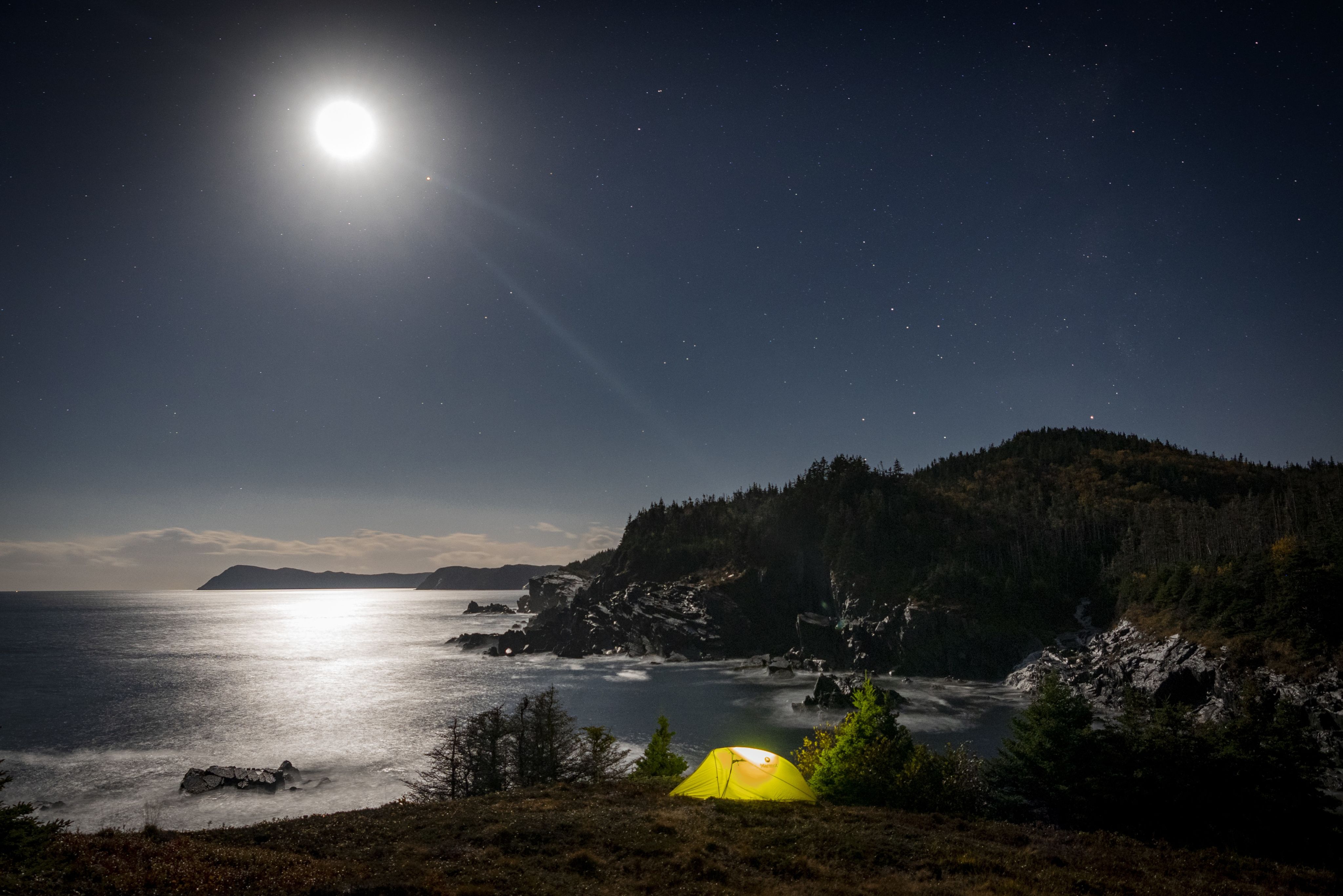
Many of Canada’s wilderness areas have sections that are ecologically sensitive or provide habitat for endangered or at-risk species. It may not seem like a big deal to trample on a plant, but multiply that by the thousands of people who come before or after you and the impact can be huge.
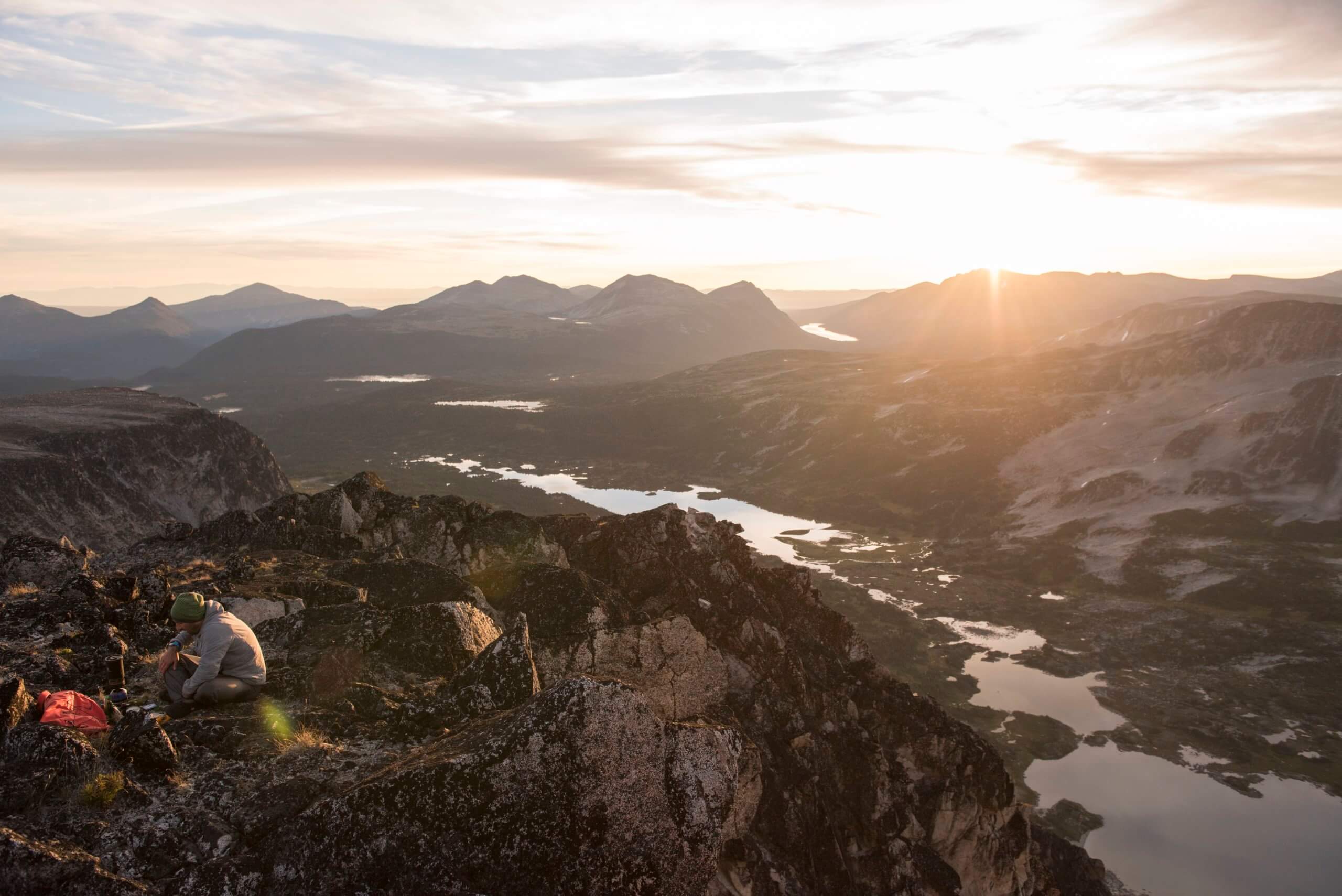
How to put this principle into action:
- When camping or hiking in one of the country’s many national, territorial or provincial parks, stay on marked trails and set up your camp in designated places only.
- Walk in the centre of marked paths so as to not disturb the vegetation growing on the sides.
- Pay attention to signs and heed warnings from park staff of areas to avoid due to sensitivity or danger.
- If you are exploring wilderness areas, such as crown land, tread carefully. Stay on solid surfaces such as bare ground or rocks. Set up camp in places that naturally have low vegetation rather than clearing new areas.
Principle #3: Dispose of Waste Properly
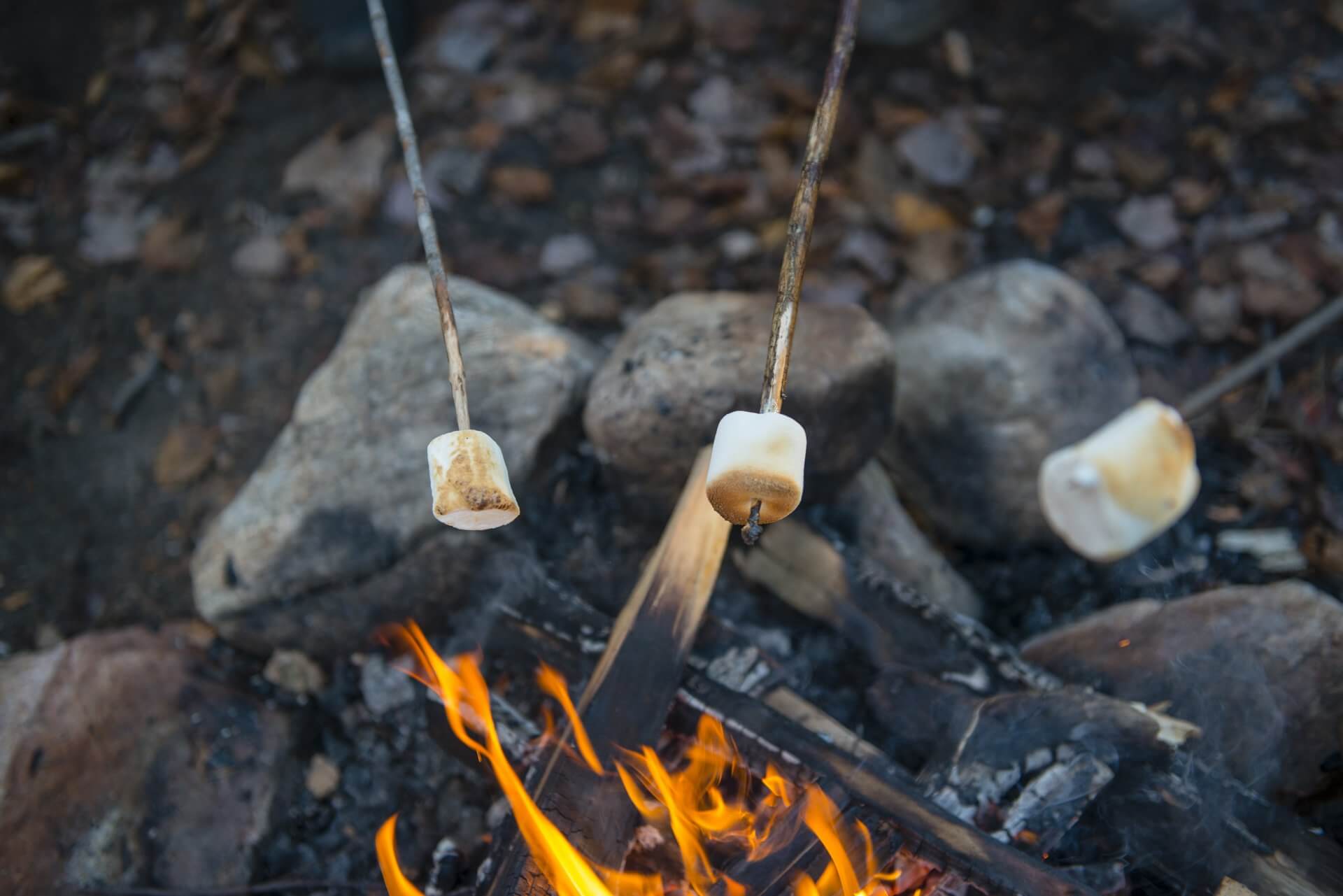
Not leaving garbage and litter around our most beautiful natural spaces would seem like common sense but this is sadly a huge problem. I have arrived at campsites to find broken glass and traces of garbage in the fire pit, cleaned up remnants of discarded water balloons along the beautiful beach in Killarney Provincial Park, picked up plastic water bottles and granola wrappers on hiking trails.

How to put this principle into action:
- Going back to the first principle, make a plan as to how you will dispose of your garbage when you are out and about. Bring a ziplock bag or a reuseable bag that seals to store all of your wrappers in (keep it in your backpack) and throw the contents out when you get back to a place that has a garbage can. You can wash and reuse the bag on your next adventure.
- Before leaving a spot you’ve picnicked at or camped in, take a moment to look around and make sure you’re not accidentally leaving any garbage, especially micro garbage such bottle caps, cigarette butts, pieces of food or soda can tabs. If you’re travelling with kids, make a game out of it by asking them to find as many small pieces of waste as possible.
- Human waste is also a form of waste so learn (again, back to principle #1!) how best to eliminate when nature calls and you find yourself deep in the wilderness.
- Don’t bring water balloons. Just don’t.
Principle #4: Leave What You Find
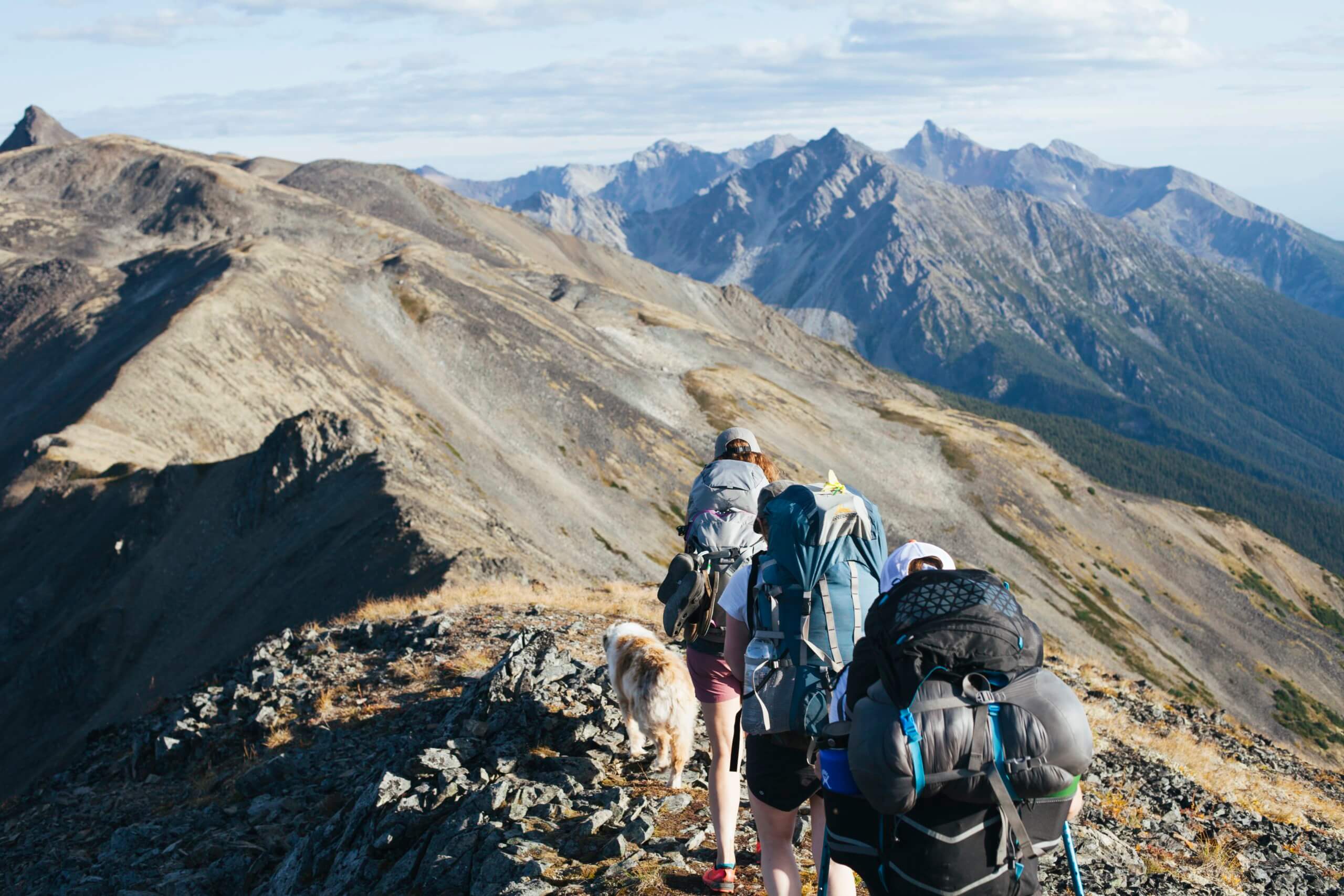
It may be tempting to pick a beautiful wildflower or collect rocks as souvenirs on your hike but keep in mind that if everyone did this, our natural spaces would be in trouble. It is best to leave nature be and just enjoy the experience.
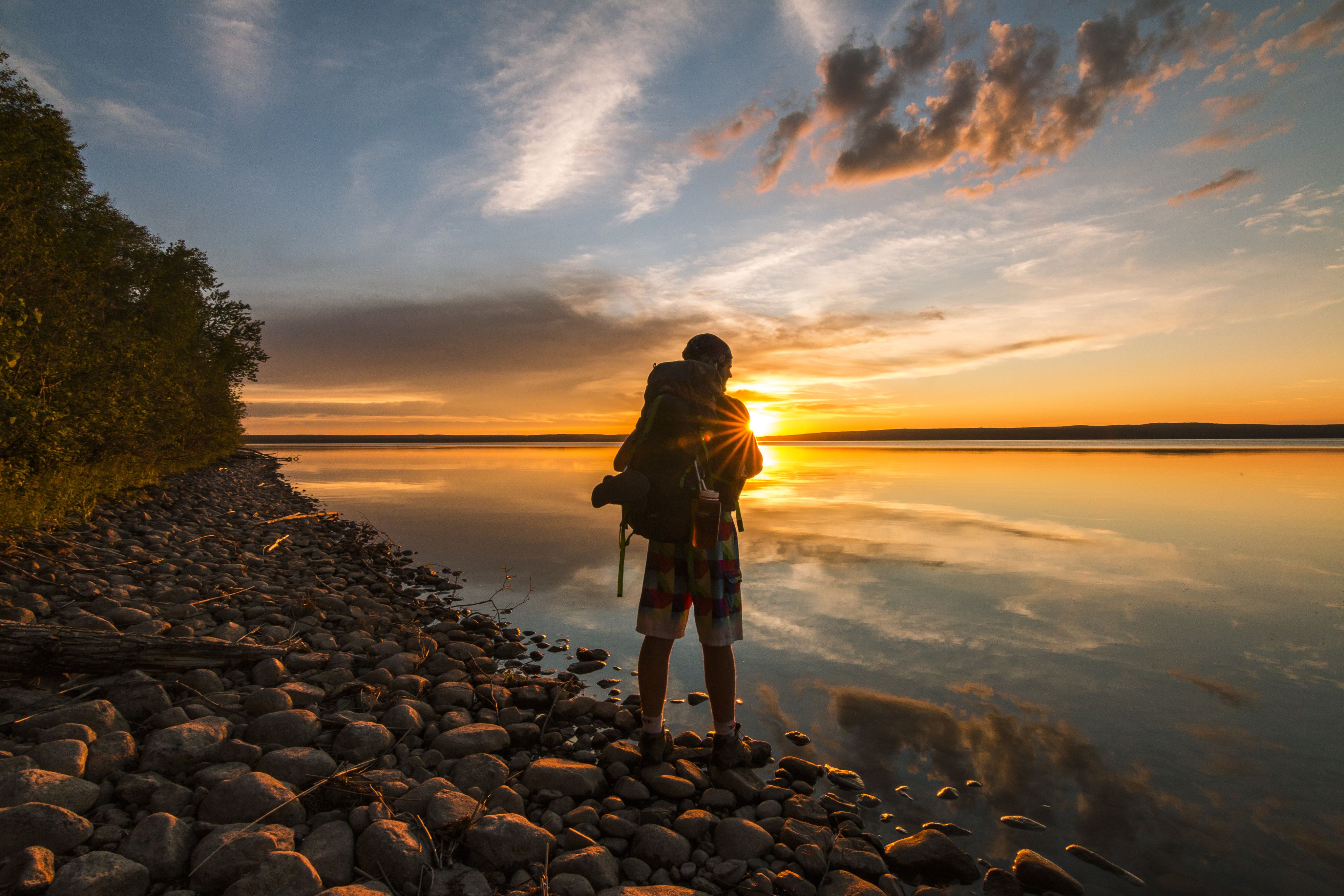
How to put this principle into action:
- When heading out into unmarked wilderness areas, avoid building structures or digging trenches.
- In designated camping areas, don’t forge for sticks or twigs for your campfire unless this is specifically allowed. Buy your wood locally to avoid spreading invasive species. If you’re unsure, ask a staff member!
- Avoid disruption to sites with historical or cultural elements.
Principle #5: Minimize Campfire Impacts
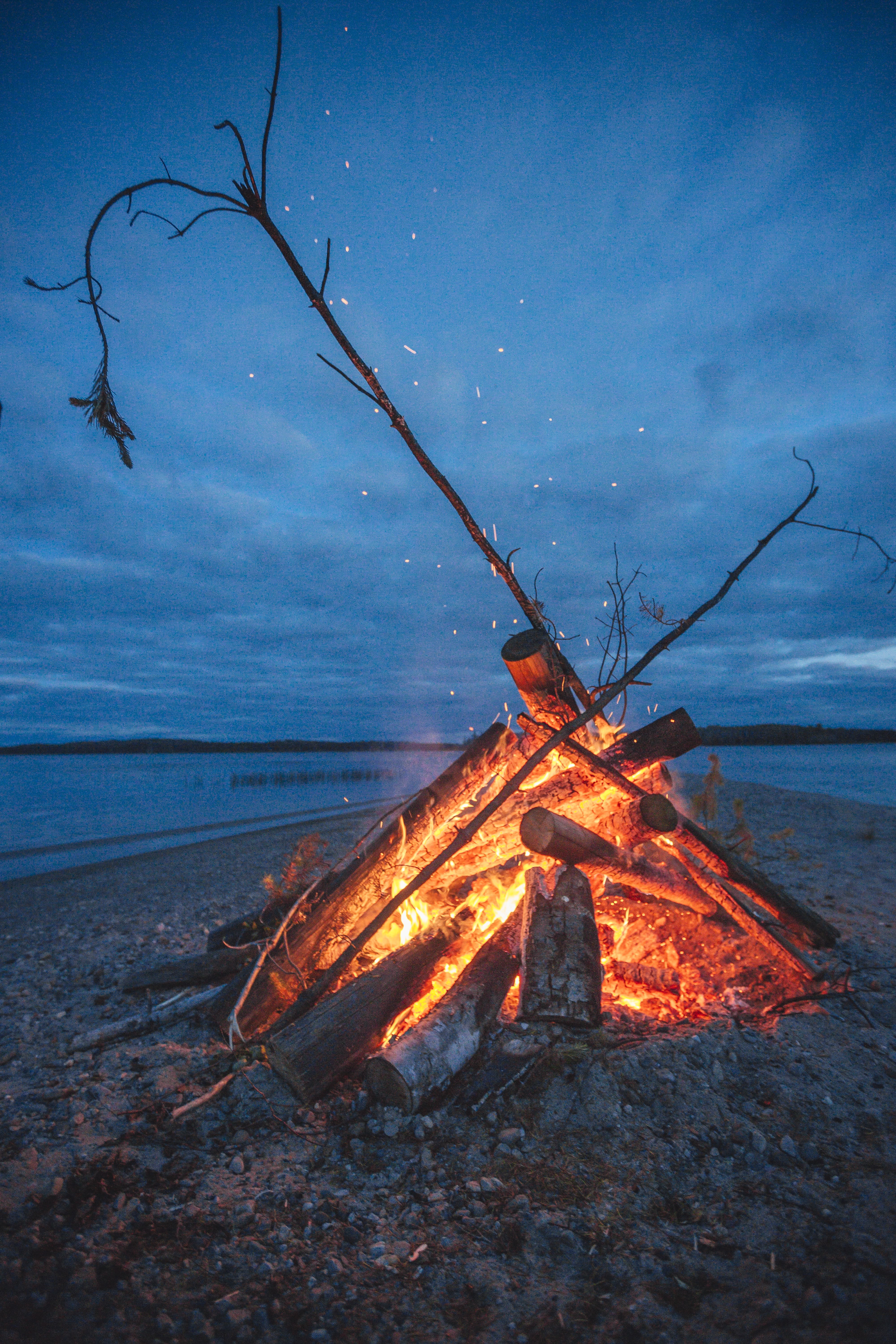
Campfires are one of the biggest joys of camping. Sadly, when not done responsibly, campfires can be a cause of stress or devastation to the environment. Familiarize yourself with local bylaws and restrictions before lighting a fire.
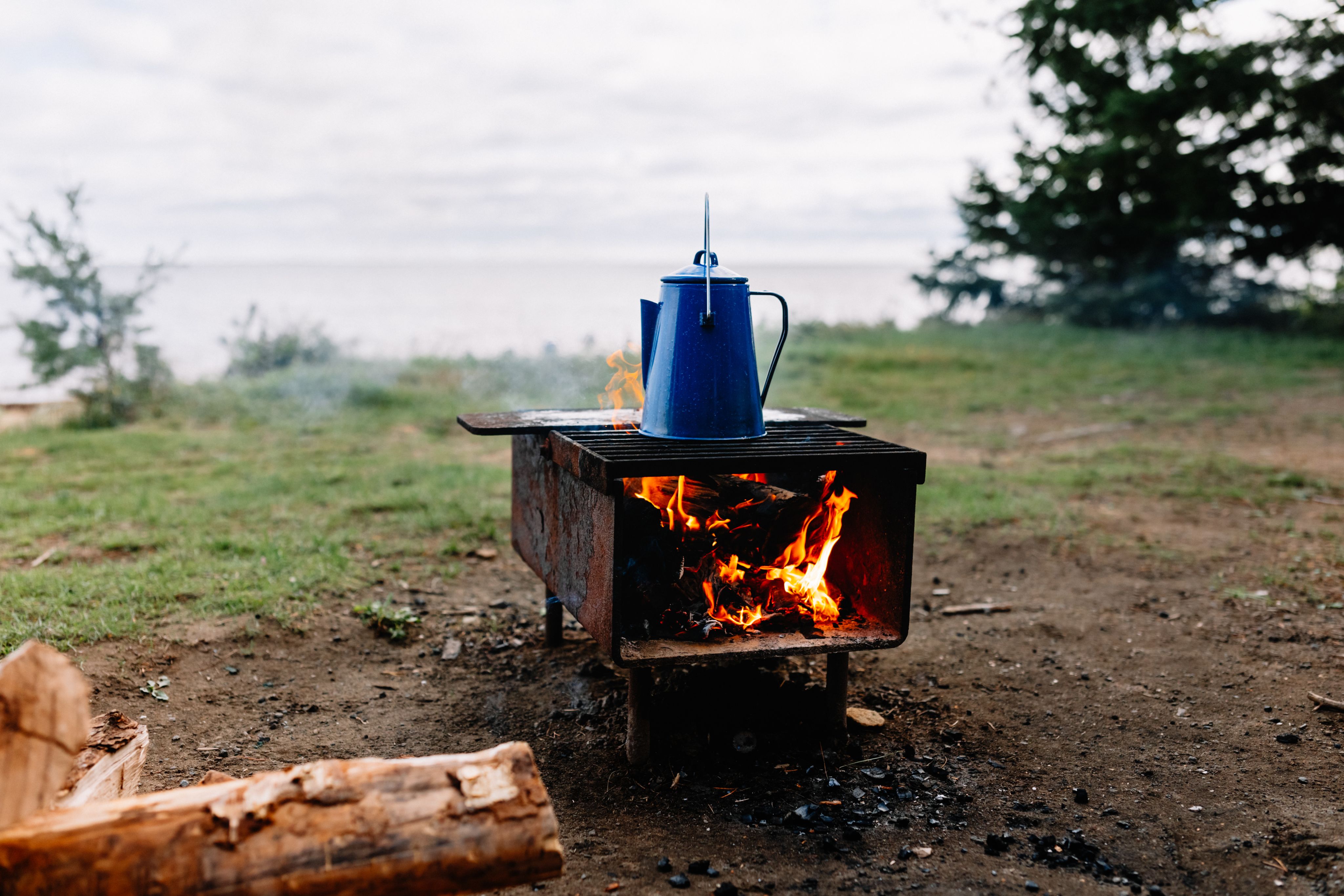
How to put this principle into action:
- In designated camping areas, keep your fires within the pits provided and make sure the fire is extinguished completely before walking away from it.
- When cooking on portable bbq or using fire boxes, make sure they are placed on durable surfaces and not in areas that can easily set fire.
- Don’t start a campfire during a high fire risk time — the restrictions are in place for a reason. It may be sad to camp without a fire, but it is important to pay close attention to the hazards.
Principle #6: Respect Wildlife
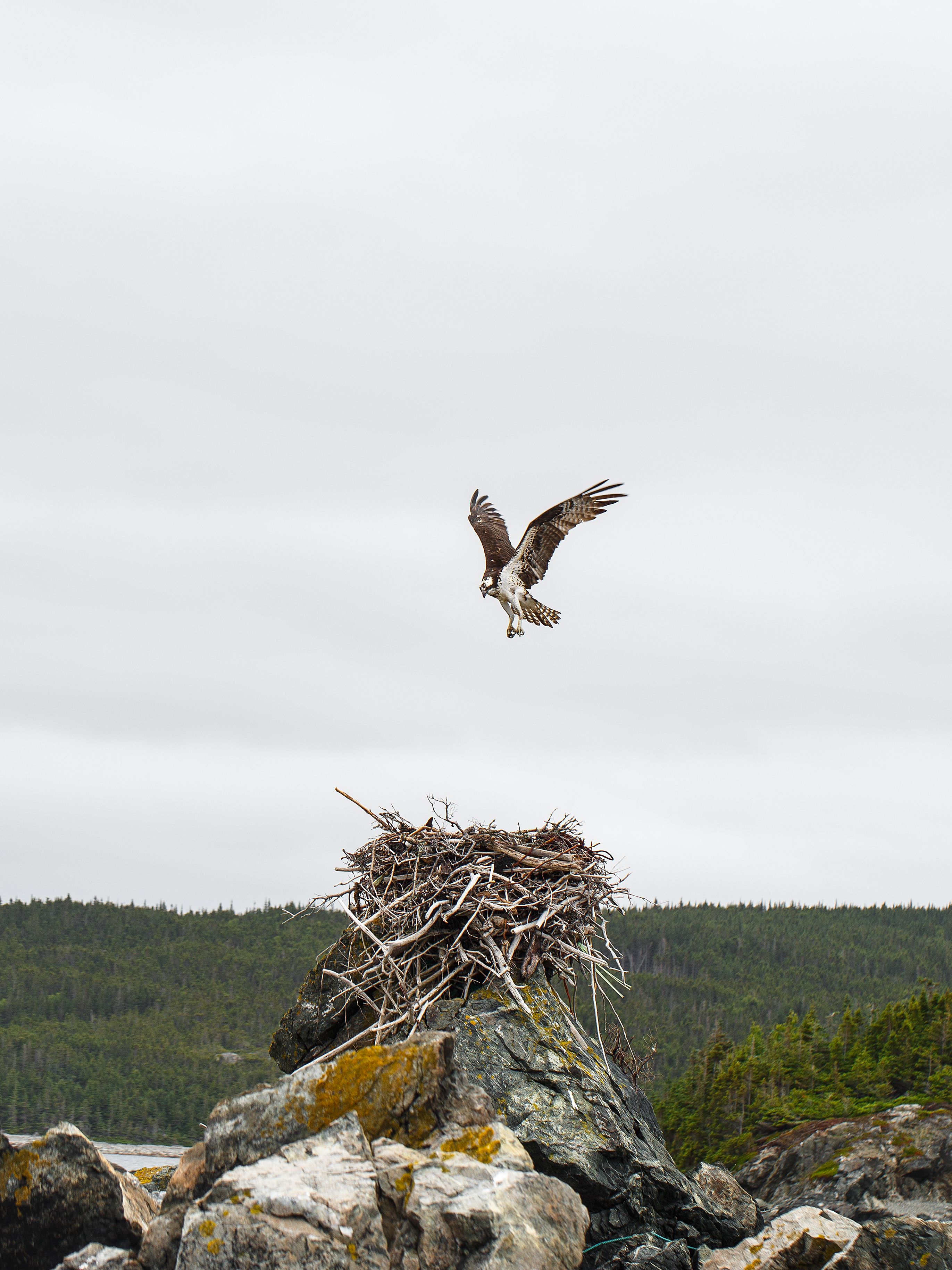
When heading out into nature, keep in mind that animals live there — whether you see them or not. Respecting their habitats is of vital importance and that means following all of the other principles here as well as keeping clear of wildlife.
It is thrilling to see big animals such as bear, moose or deer when camping or hiking but take precautions for everyone’s safety and give these animals a wide berth.
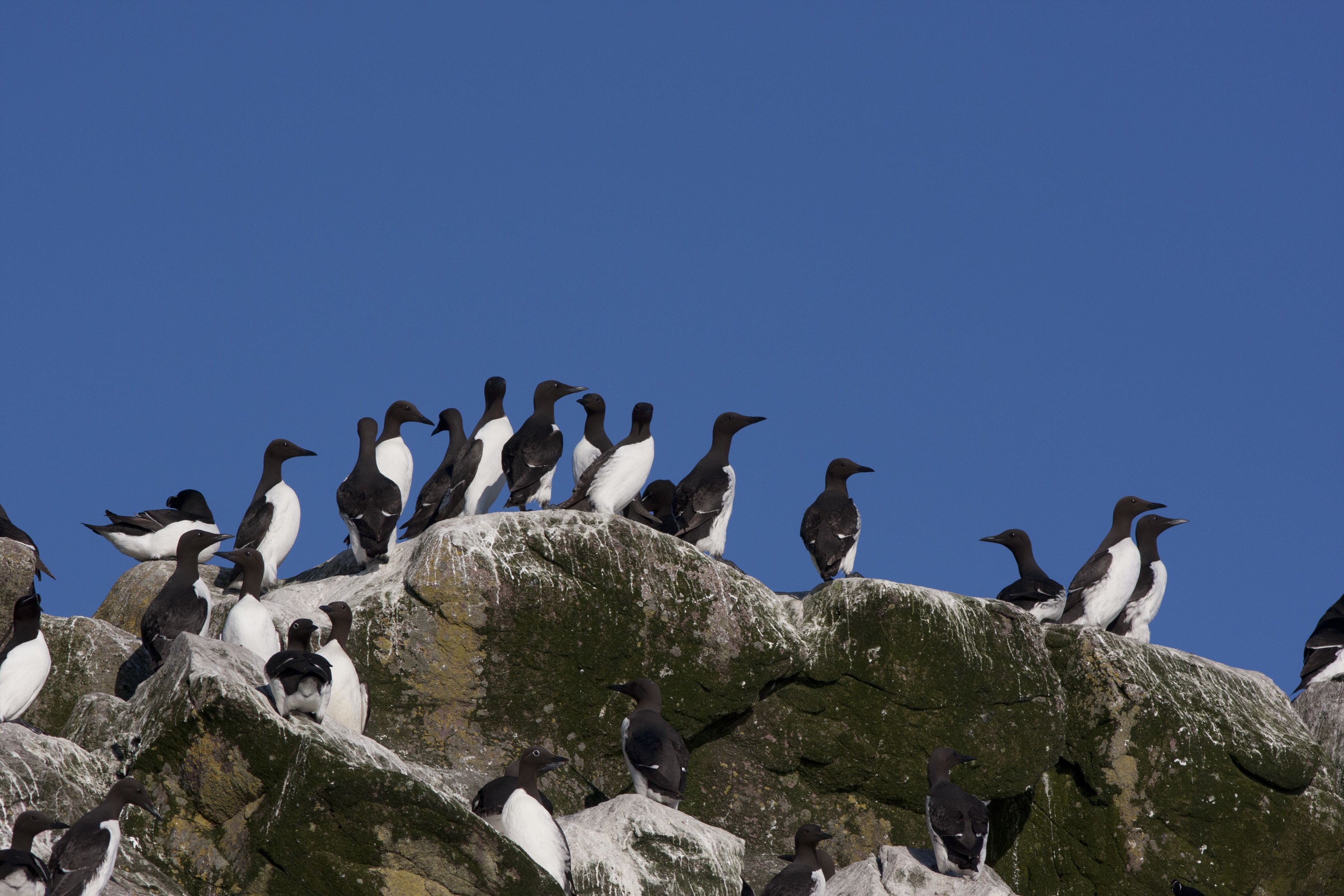
How to put this principle into action:
- Store your food properly and dispose of your garbage properly
- Don’t intentionally feed the animals. When wild animals start to associate humans with food, they can seek out human contact and it usually leads to a bad outcome for the animal.
- Learn about the animals that live in the area you’ll be visiting and avoid disturbing animals during breeds or nesting.
Principle #7: Be Considerate of Others
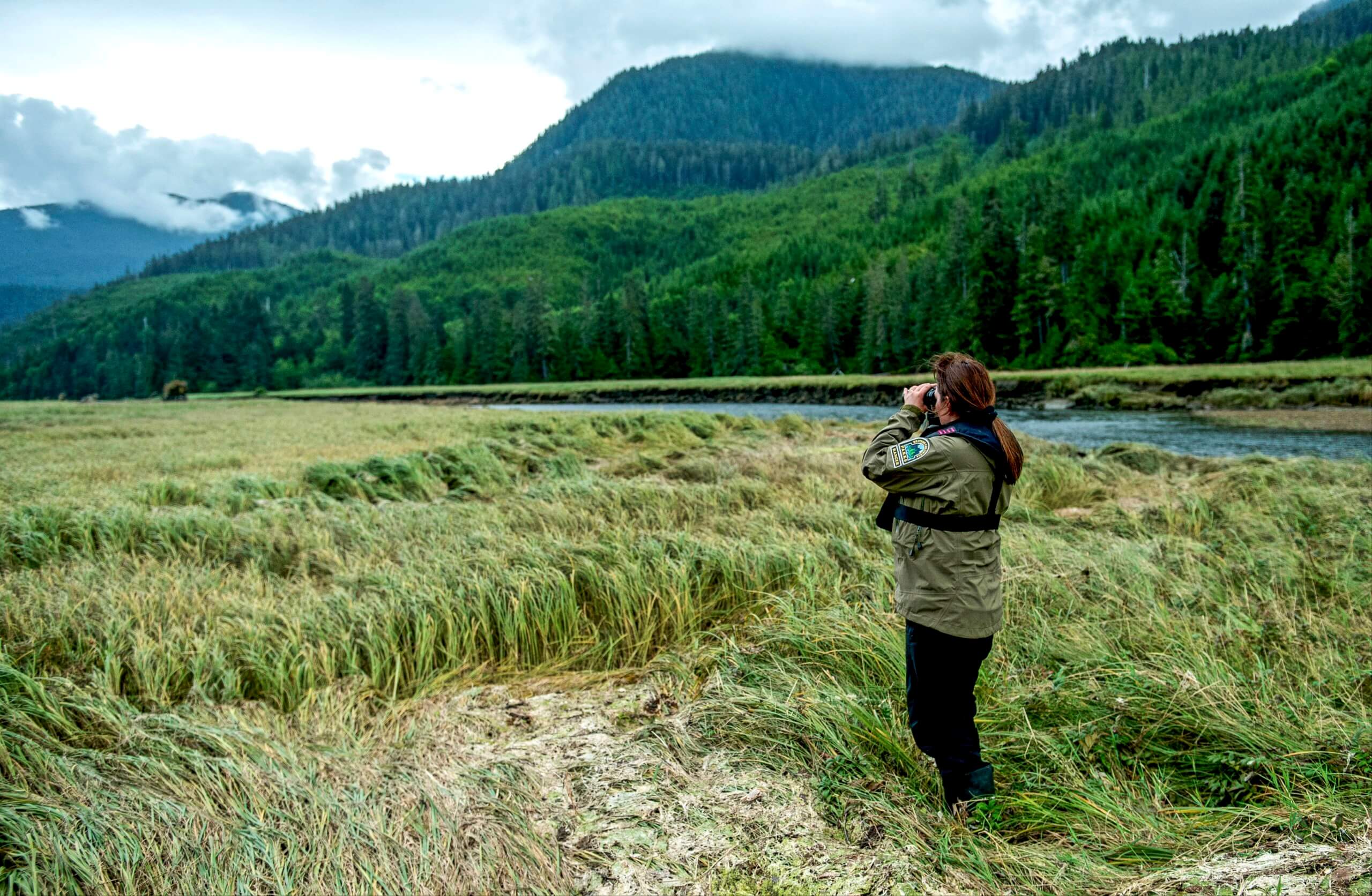
Unless you are deep in the wilderness, you’re likely to be sharing space with other people so the last principle is to be considerate.
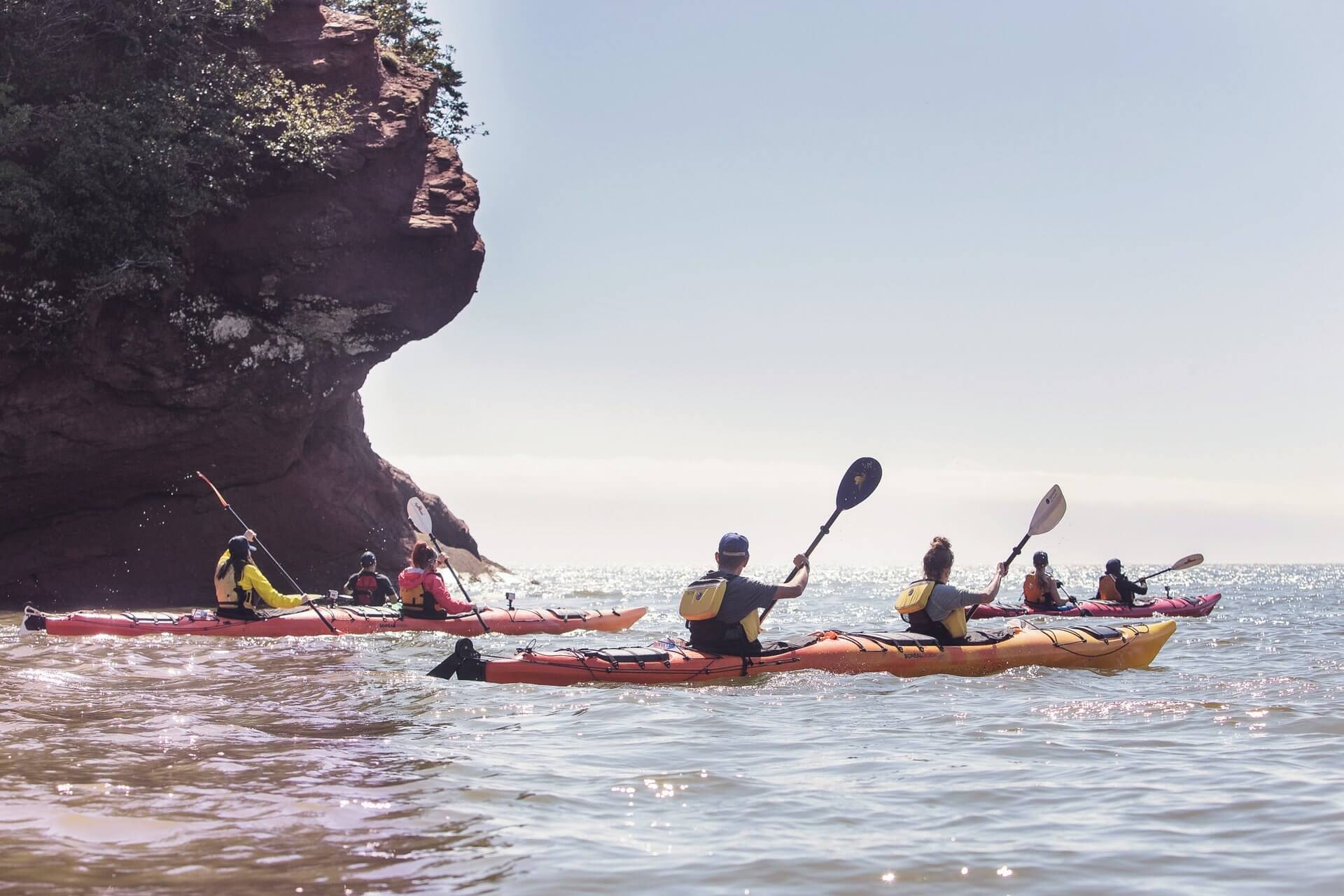
How to put this principle into action:
- Let the sounds of nature be heard. Try to limit your noises — from voices, radios, devices — especially in the mornings and evenings. One of the best parts of camping is waking up to the sounds of birds or sitting by the quiet of a crackling fire in the evening.
- On hiking trails, give way to those heading uphill.
Want to learn more? Visit the Leave No Trace site for further information.









